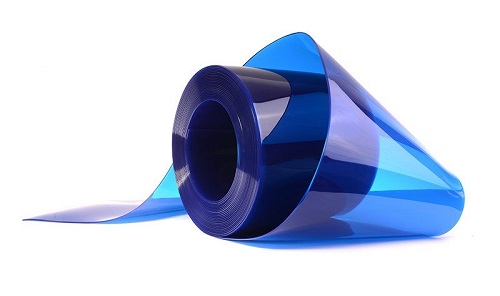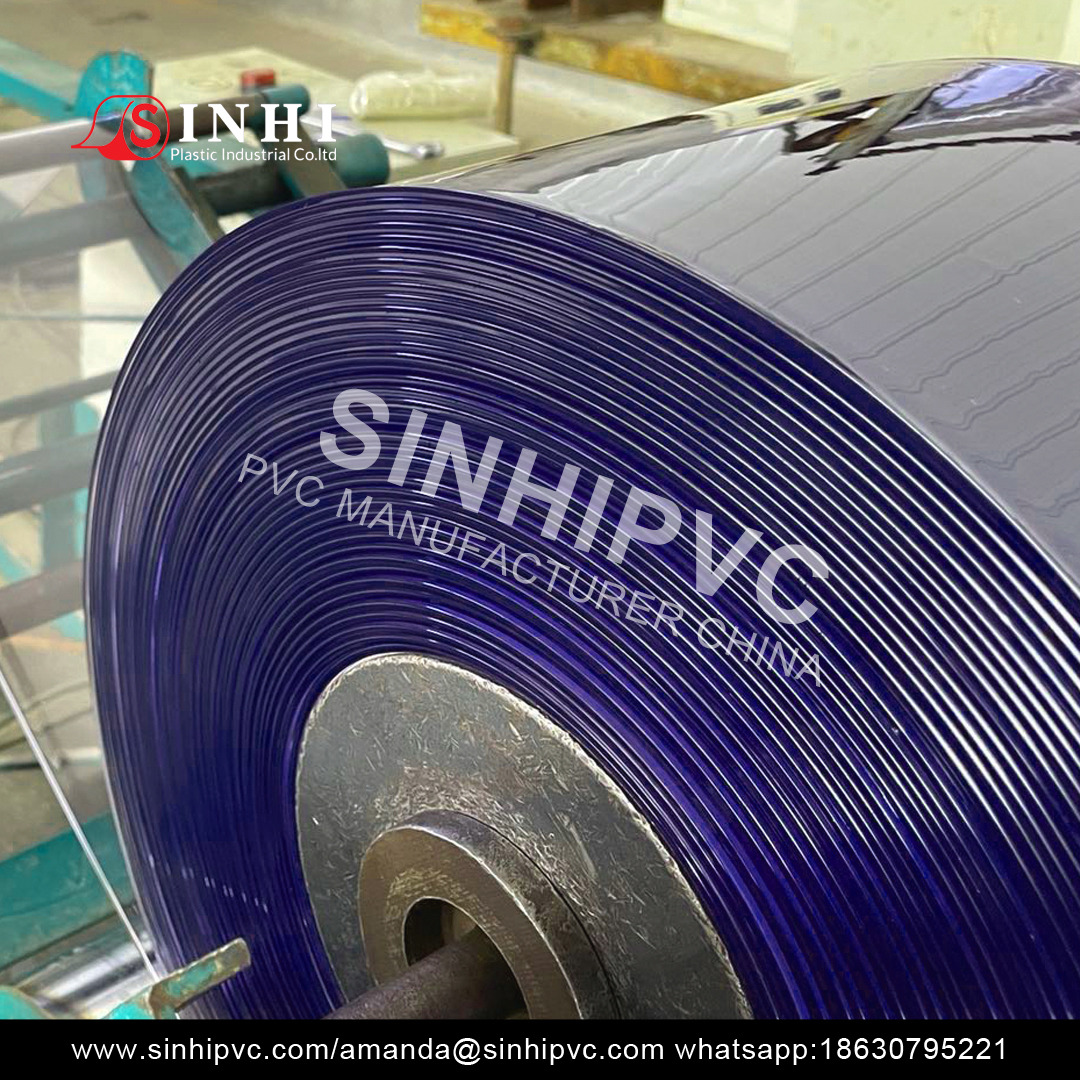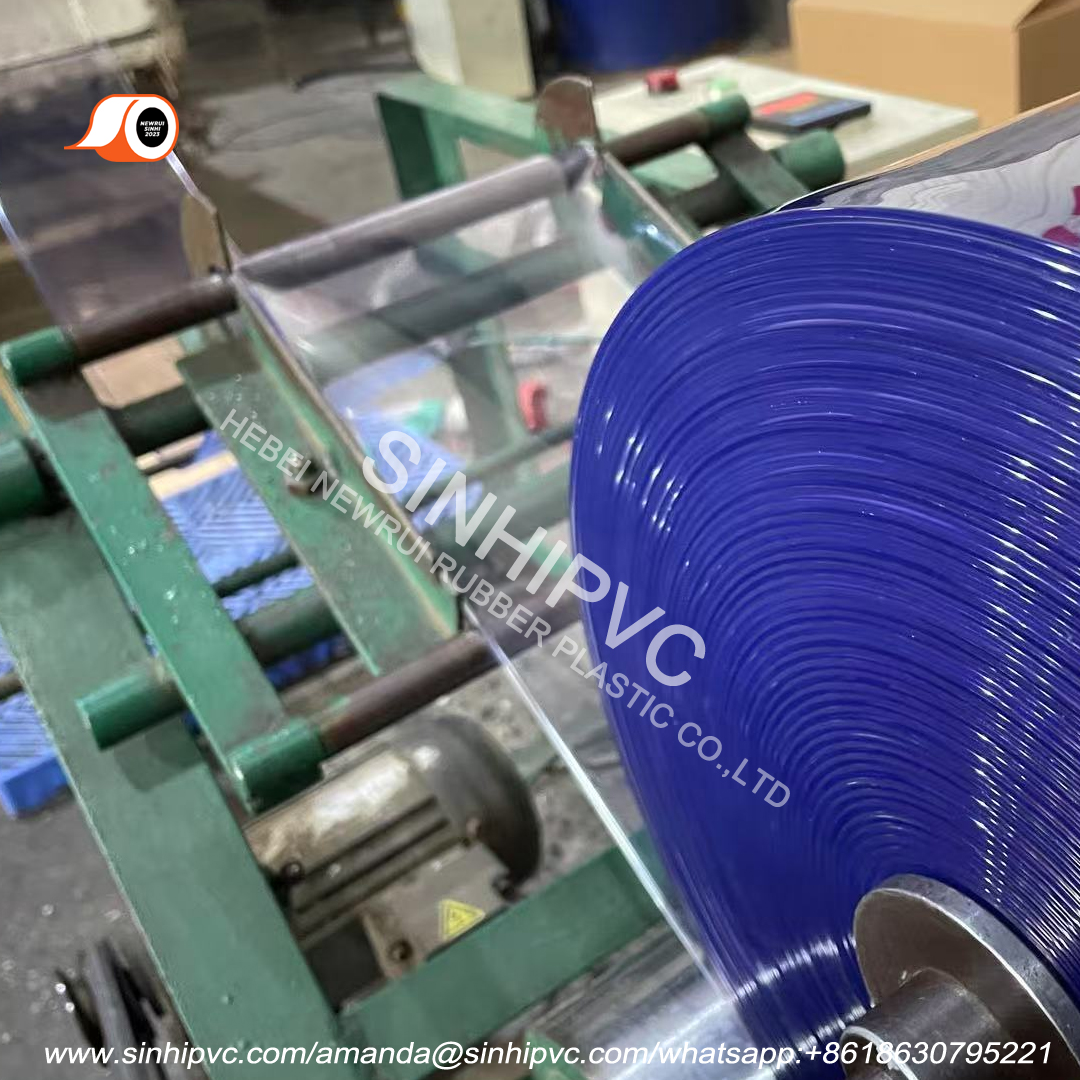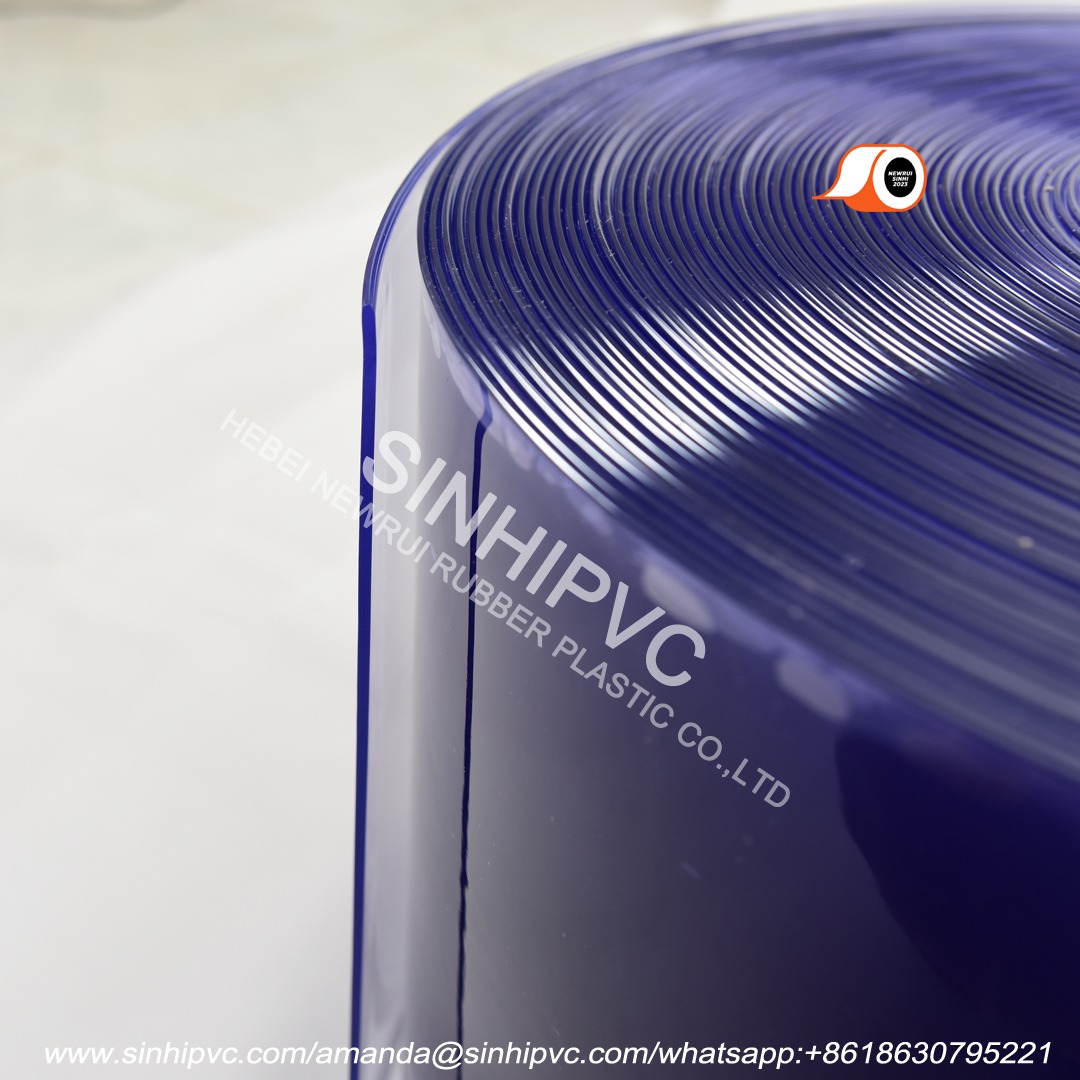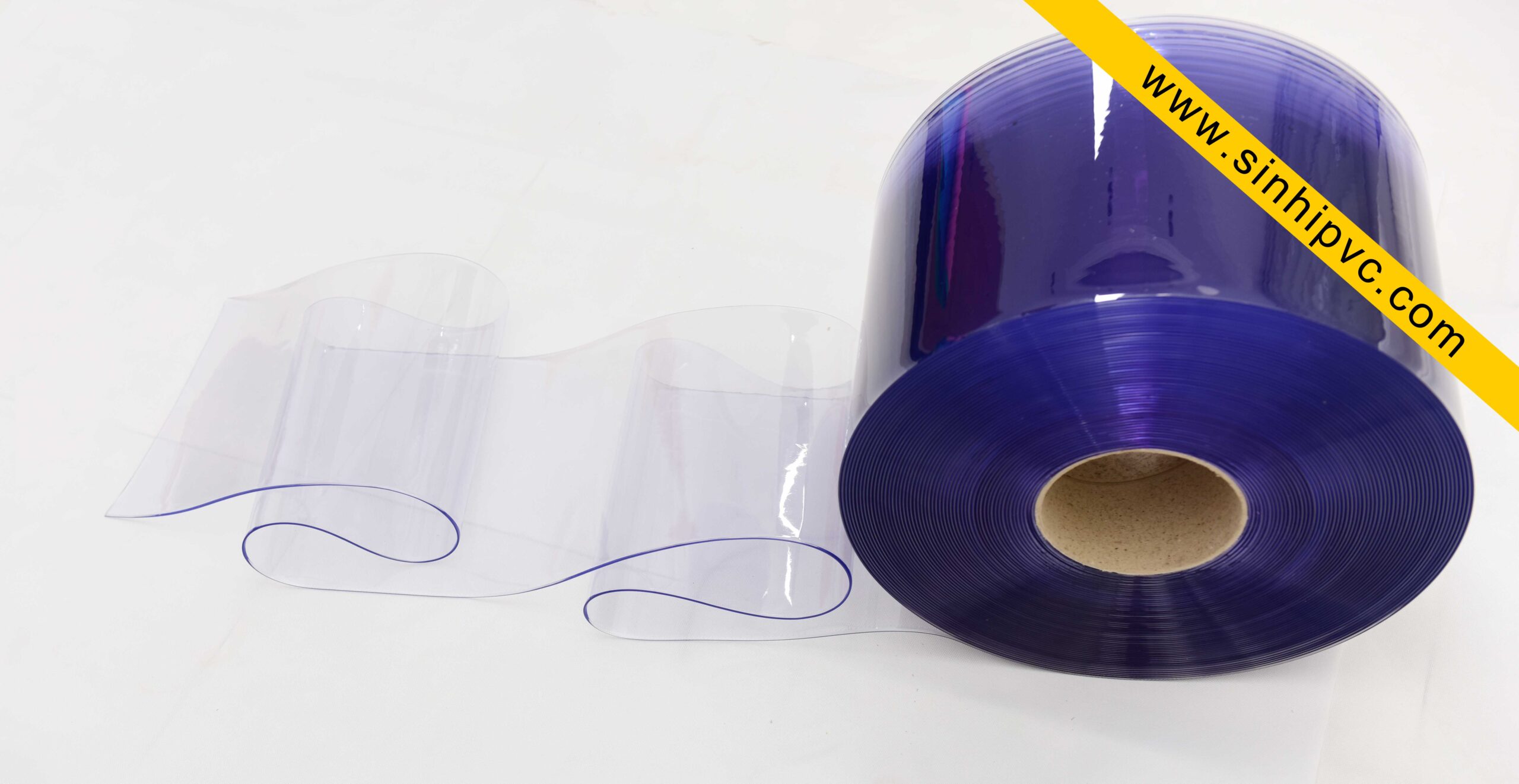Commercial kitchens in Hong Kong face unique challenges in maintaining efficiency and hygiene standards. Vinyl strip curtains have emerged as essential solutions for busy food service environments. Professional kitchen operators recognize the multiple advantages these versatile barriers provide.
Temperature Control Benefits of Using Vinyl Strips Curtains
Vinyl strip curtains play a crucial role in maintaining optimal kitchen temperatures. Walk-in coolers and freezer areas remain properly insulated while allowing easy access for staff. Maintaining consistent temperatures helps reduce energy costs and protects food quality in Hong Kong’s warm climate.
Hygiene Enhancement
Modern vinyl strip curtains contribute significantly to kitchen hygiene standards. Clear strips allow visibility while preventing airborne contaminants from moving between different kitchen zones. Food preparation areas stay protected from external elements and cross-contamination risks.
Energy Efficiency Improvements
Installing vinyl strip curtains leads to noticeable reductions in energy consumption. Air conditioning systems operate more efficiently when cool air remains contained in designated areas. Professional kitchens experience lower utility costs through improved climate control.
Noise Reduction Capabilities
Vinyl strip curtains help manage noise levels in busy kitchen environments. Different cooking zones remain partially isolated, reducing sound transfer between areas. Staff communication improves through reduced ambient noise levels.
Traffic Flow Management
Professional kitchens benefit from improved traffic flow with vinyl strip curtains. Staff members move efficiently between different zones while maintaining environmental separation. Clear strips ensure visibility and prevent collisions in busy service periods.
Pest Control Advantages
Vinyl strip curtains create effective barriers against common kitchen pests. Flying insects find it difficult to penetrate properly installed strip curtains. Food preparation areas receive additional protection from external contamination risks.
Maintenance Simplicity
Regular maintenance of vinyl strip curtains requires minimal effort and resources. Individual strips can be cleaned quickly using standard kitchen cleaning solutions. Damaged strips allow easy replacement without disrupting kitchen operations.
Durability Considerations
Quality vinyl strip curtains withstand intensive daily use in commercial environments. Professional-grade materials resist wear from frequent passage and cleaning chemicals. Long-term performance provides excellent return on investment.
Safety Enhancement
Modern vinyl strip curtains incorporate safety features for busy kitchen environments. Clear visibility helps prevent accidents during peak service periods. Fire-resistant materials provide additional protection in cooking areas.
Temperature Transition Management
Vinyl strip curtains help staff manage temperature transitions between kitchen zones. Moving between hot cooking areas and cold storage becomes more comfortable. Reduced temperature shock helps maintain staff productivity and comfort.
Compliance Support
Professional kitchens meet various regulatory requirements through vinyl strip curtains. Health code standards for separation between different food handling areas receive support. Environmental control measures align with local regulations.
Space Optimization
Commercial kitchens maximize usable space through vinyl strip curtains. Flexible barriers require minimal floor space while maintaining effective separation. Kitchen layout efficiency improves through strategic curtain placement.
Customization Options
Vinyl strip curtains offer various customization options for specific kitchen needs. Strip width, overlap, and mounting heights adjust to particular requirements. Color-coding options help identify different kitchen zones.
Conclusion
Commercial kitchens in Hong Kong benefit significantly from the proper implementation of vinyl strip curtains. Multiple advantages in hygiene, energy efficiency, and operational effectiveness make them essential components of professional food service environments.

